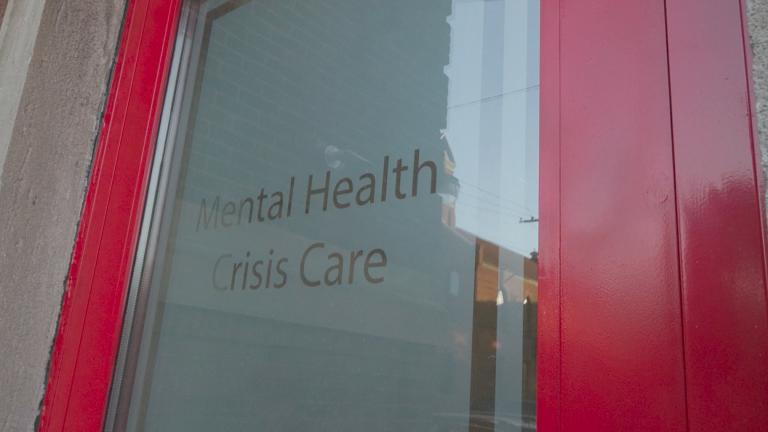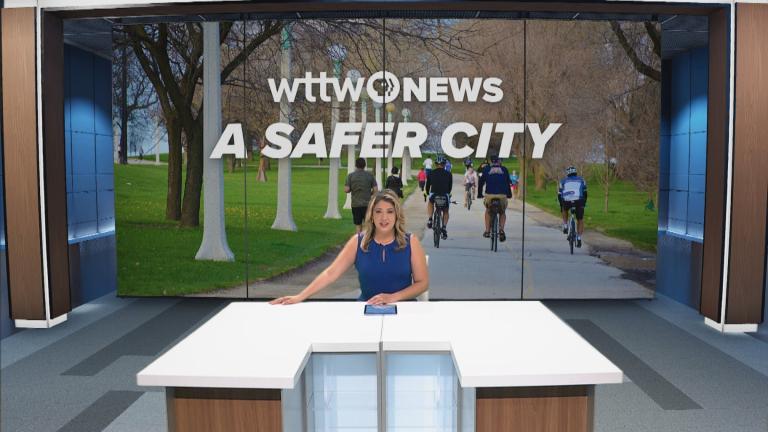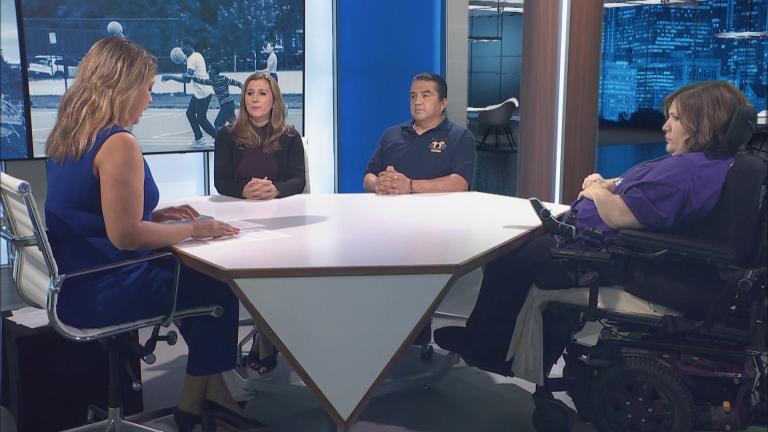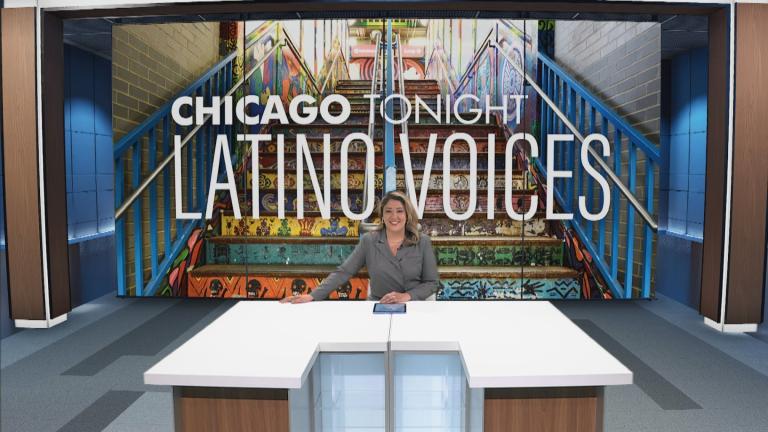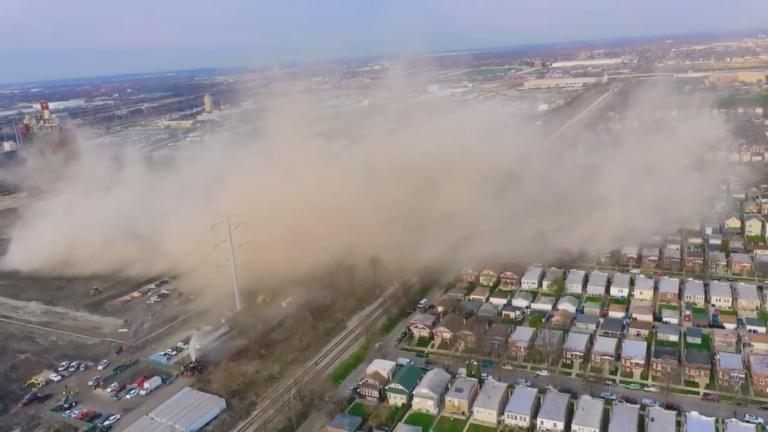Subzero temperatures and heavy snowfall this month have endangered the lives of people who are already incredibly vulnerable — the more than 5,000 Chicagoans estimated to be living on the streets or in shelters — leaving the city and community organizations scrambling to get them to safety.
Though the pandemic has complicated access to shelters this year, advocates say this is a problem Chicago has failed to deal with adequately for many years.
Ald. Byron Sigcho-Lopez turned his 25th Ward office into a warming center during the worst of the frigid temperatures, a decision he says he saw as a last resort.
“We saw that a need was going unmet in our community,” he said. “The city told us that unhoused people should call a certain number to be picked up and transported to shelters, but many don’t have phones, or their batteries froze in the cold, or they don’t want to go so far away from their encampment. There is no shelter in Pilsen. We needed to provide shelter in our community where our residents are more comfortable.”
Sigcho-Lopez says his team requested warming buses from the city but those requests were declined.
“We know that Chicago regularly faces extreme weather, and the fact that this year an entire facet of the emergency plan was eliminated—the warming buses—just doesn’t make sense, especially because ridership is down during COVID and during storms,” he said.
Jose Muñoz, executive director of La Casa Norte in Humboldt Park, says that while extreme weather focuses attention on the issues of housing insecurity – which are especially complicated during the COVID-19 pandemic — the youth and families his organization serves face these challenges year-round.
“The issue of being able to provide shelter is happening all day long, every year,” Muñoz said. “On any given day we have about 1,500 youth and young adults who are experiencing homelessness in the city of Chicago. And I think what we really need to try to focus in on is creating more access points for individuals to be able to find those emergency services in a culturally responsive way.”
Muñoz says La Casa Norte practices a “housing first” model to address the needs of the people it serves.
“We believe that there’s a lot of issues that we need to deal with … but the very first thing we need to is getting them housed,” he said.
Muñoz and Sigcho-Lopez agree that though the focus now is on dangerous weather, the city must take a bolder approach to housing policy if it wants to avoid the same problem in the long term.
“We need to expand the amount of affordable housing that’s available so that we can get individuals into permanent and supportive housing,” Muñoz said. “And we need to work on the speed that we do that. A lot of times even when there is housing available, if the process takes too long, we tend to lose individuals in that process.”
Sigcho-Lopez pointed to policy changes he would like to see the city adopt to address housing insecurity.
“We need to be working to end homelessness by using the federal funds we will get for COVID to partner with nonprofits and community organizations to build transitional housing. There is still over $60 million in unspent CARES Act funding. Some of that should go towards rebuilding our social safety net,” he said.

